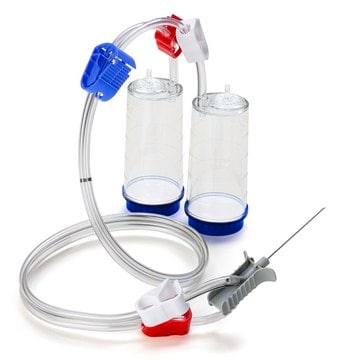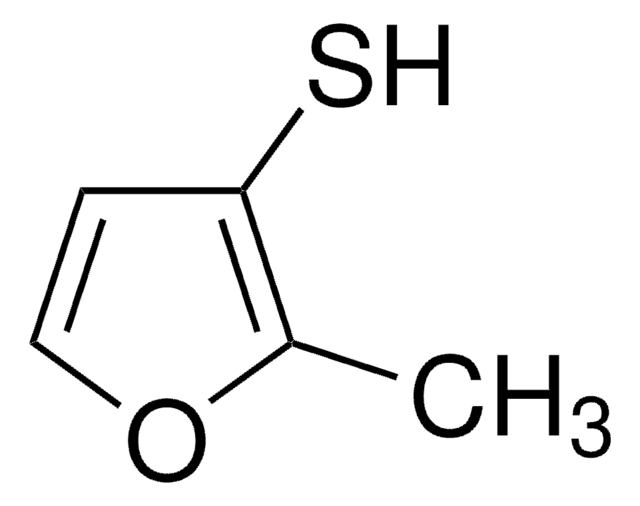W296708
Pyroligneous acid
natural (US)
Synonym(s):
Wood vinegar
Sign Into View Organizational & Contract Pricing
All Photos(1)
About This Item
CAS Number:
FEMA Number:
2967
EC Number:
MDL number:
UNSPSC Code:
12164502
NACRES:
NA.21
Recommended Products
grade
natural (US)
Quality Level
reg. compliance
FDA 21 CFR 172.515
refractive index
n20/D 1.374 (lit.)
bp
99 °C (lit.)
density
1.08 g/mL at 25 °C (lit.)
application(s)
flavors and fragrances
Documentation
see Safety & Documentation for available documents
food allergen
no known allergens
Organoleptic
woody; smoky
General description
Pyroligneous acid is commonly used as a source of wood smoke flavoring and also to inhibit microbial growth.
Disclaimer
For R&D or non-EU Food use. Not for retail sale.
related product
Product No.
Description
Pricing
Signal Word
Warning
Hazard Statements
Precautionary Statements
Hazard Classifications
Acute Tox. 4 Dermal - Eye Irrit. 2 - Flam. Liq. 3 - Skin Irrit. 2 - STOT SE 3
Target Organs
Respiratory system
Storage Class Code
3 - Flammable liquids
WGK
WGK 3
Flash Point(F)
111.2 °F - closed cup
Flash Point(C)
44 °C - closed cup
Personal Protective Equipment
dust mask type N95 (US), Eyeshields, Gloves
Choose from one of the most recent versions:
Already Own This Product?
Find documentation for the products that you have recently purchased in the Document Library.
Encyclopedia of Food and Color Additives, 3, 2392-2396 (1997)
A Mekbungwan et al.
Anatomia, histologia, embryologia, 33(1), 11-16 (2004-03-19)
To investigate the effects of dietary charcoal powder including wood vinegar compound liquid (CWVC, 4 : 1) on intestinal villus histology, piglets were fed 0, 1, 3 and 5% dietary CWVC diets for 30 days. Feed intake and body weight
Encyclopedia of Food and Color Additives, 3, 2392-2396 (1997)
Yong-Seok Choi et al.
Bioresource technology, 120, 328-331 (2012-07-12)
In the present study, wood vinegar was used to extract chromium, copper, and arsenic from chromated copper arsenate (CCA)-treated wood. The extraction efficiency for CCA elements was evaluated using various concentrations of wood vinegar, extraction temperatures, and extraction periods. The
Kezhou Cai et al.
Journal of the science of food and agriculture, 92(1), 29-36 (2011-09-29)
Wood vinegar (WV), a byproduct from the charcoal production process, has been reported to have excellent antioxidant capability by chemical examination. However, the biological effect of WV in living animals is still unknown. In this study, a simple model organism
Our team of scientists has experience in all areas of research including Life Science, Material Science, Chemical Synthesis, Chromatography, Analytical and many others.
Contact Technical Service










